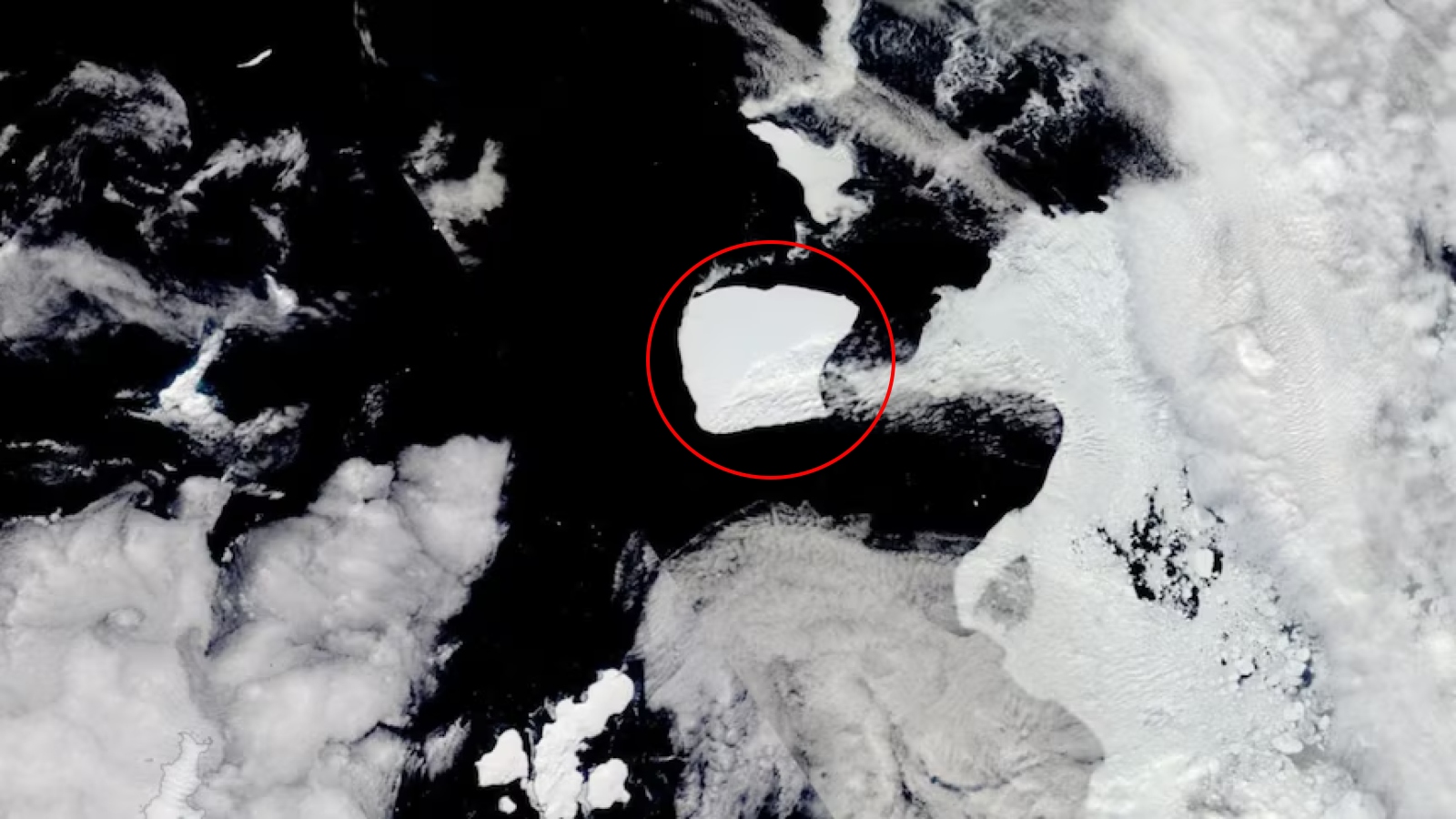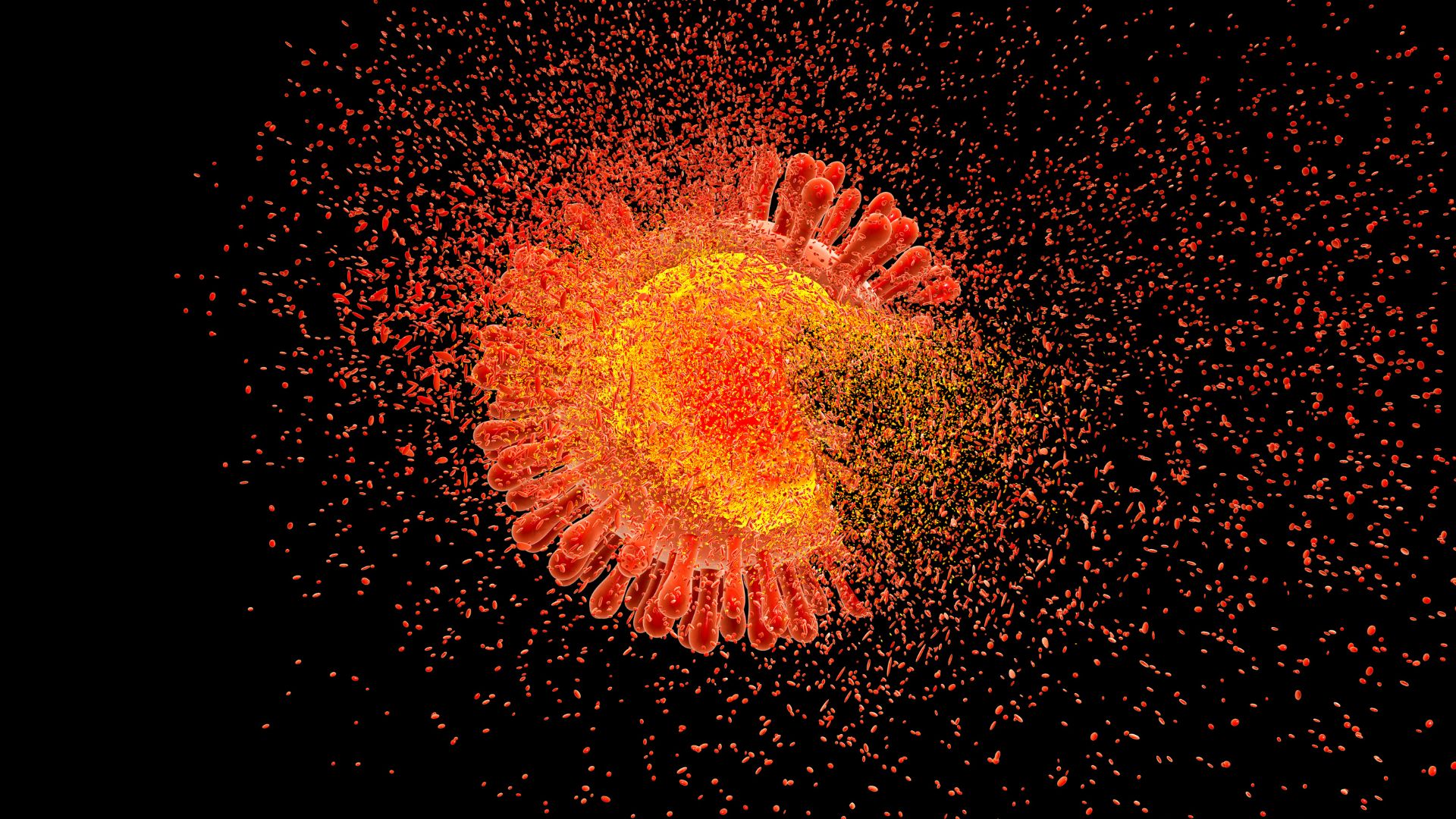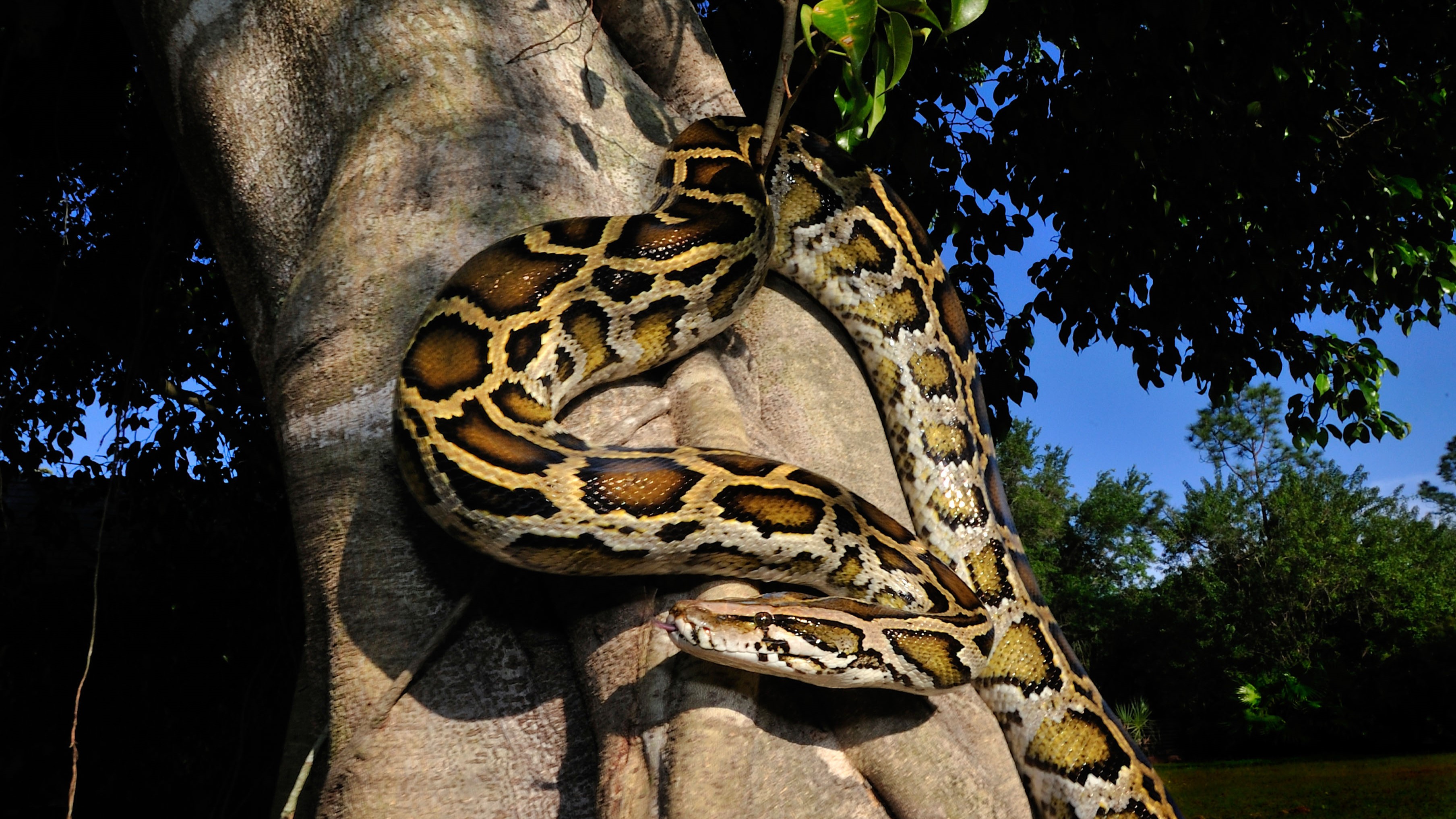Science news this week: Atmospheric holes and smarter glasses
Dec. 3, 2023: Our weekly roundup of the latest science in the news, as well as a few fascinating articles to keep you entertained.

This week in science news, we saw SpaceX rockets punching temporary holes in our planet's atmosphere, heard about new technology for smart glasses that use sonar, and learned of the incredible sleeping patterns of chinstrap penguins.
It seems like not a week goes by without another SpaceX launch, but this time, it's not what goes up but what happens when it comes back down. Deorbiting SpaceX rockets appear to be smashing temporary holes in the upper atmosphere by releasing fuel into the ionosphere, creating bright blobs of light in the sky. Scientists now think these "SpaceX auroras" could be causing unrecognized problems.
When we're not punching holes in the atmosphere, Earth is happily making its own in the planet's crust, with the new "baby volcano" off Japan erupting in spectacular fashion, while a big blob of hot water in the Pacific is making this year's El Niño act a little weird.
Speaking of blobs, there's a strange one circling the Milky Way's central black hole. It's shooting powerful radiation at Earth every 76 minutes — and we might finally know what it is.
Swiftly coming back from space (which in itself may have some unfortunate side effects for male astronauts), the news from ancient Earth was of a possible Arctic graveyard, which could turn out to be the northernmost Stone Age cemetery (though we haven't found any human remains to prove it). Archaeologists also unearthed a 2,000-year-old coin stash in Pakistan, 73 pre-Incan mummies — some with "false heads" — from Peru, and seven Bronze Age swords in Germany. There was also a tragic story about the stolen remains of Aboriginal people and Tasmanian tigers, which were traced back to a grave-robbing Victorian naturalist.
There was also plenty to report in health news this week, with something positive for those who have lost their sense of smell due to COVID as well as a mysterious respiratory illness in dogs. Meanwhile, China's own respiratory outbreak is "expected" and not caused by a new virus. We also reported on a large study suggesting the risk of blood thickening for people taking testosterone as gender-affirming care is far less common than previously thought.
Ino technology, this week has given us Martian robo-chemists, exceptionally "human-like" hands, and a pair of smart glasses that use sound instead of cameras to track the wearer's body movements, making them more accurate and cheaper to produce and providing a significant boost to privacy.
Sign up for the Live Science daily newsletter now
Get the world’s most fascinating discoveries delivered straight to your inbox.
And finally, in the animal kingdom, chinstrap penguins have taken the idea of a breeze snooze to the extreme. They sleep for a perfectly reasonable 11 hours a day, but as their breeding colonies contain tens of thousands of individuals, they must remain constantly vigilant against threats to their nests from predatory skua birds and hostile colony neighbors. So how do they pack in all those hours? Every day, they take 10,000 micro sleeps lasting up to four seconds long.
Follow Live Science on social media
Want more science news? Follow our Live Science WhatsApp Channel for the latest discoveries as they happen. It's the best way to get our expert reporting on the go, but if you don't use WhatsApp we’re also on Facebook, X (formerly Twitter), Flipboard, Instagram, TikTok and LinkedIn.
Picture of the week

The world's largest iceberg, A23a, is on the move after being trapped in place off Antarctica's coastline for almost 40 years. The gigantic "ice island," which is three times the size of New York City, will likely drift into the "iceberg graveyard," potentially putting it on a collision course with an important penguin refuge before the ice fractures and melts away.
And while we're on the subject of ice, why does it float?
Sunday reading
- It's getting cold outside, so expect those snowflakes to fall thick and fast soon — but how big can a snowflake get?
- In the deepest reaches of the ocean, there is a watery graveyard where the world's satellites and space stations go to die — welcome to Point Nemo.
- This stunning footage captures a tiny bird's fight for survival in a massive Saharan sandstorm.
- Want to see the biggest millipede to have ever lived scuttle across the jungle floor? Of course you do.
- Pucker up: It's the ocean pout, a lippy fish with antifreeze blood.
- The inability to remember your first few years of life is called infantile amnesia. But why does it happen?
- China's "heavenly place" looms in the first complete image of the Tiangong space station.
- How long will Earth exist? Don't worry; we have plenty of time to make any necessary arrangements.
- Kangaroos might try to drown your dog. Here's why.
Live Science long read

An HIV diagnosis hasn't been a death sentence for years, thanks to powerful medications. Despite incredible progress, however, HIV (human immunodeficiency virus) remains a global public health threat, with 1.3 million new infections and around half that many deaths in 2022 alone.
While new HIV infections have dropped steadily since their peak in 1995, as people live longer with the disease, the pool of people who are HIV-positive has only grown. People with HIV must consistently take medications to prevent the virus from becoming transmissible again or progressing to AIDS (acquired immunodeficiency syndrome). As a result, new infections could actually rebound fast if the world doesn't dramatically ramp up the number of people being regularly treated, tested and protected from new HIV infections.
But we could head off that rebound risk by the end of the decade, experts say. Here's how we could end the AIDS epidemic once and for all.











